The engine in your car is called a four stroke engine. To complete a cycle for each cylinder the piston has two down strokes and two up strokes. The first stroke is down, the intake valve opens up and gasoline is pulled into the cylinder by the downward force of the piston. Just as the piston gets to the bottom, the intake valve closes and the piston starts back up to compress the gasoline. If the intake valve had not closed the piston would come up and simply drive the gasoline out of the cylinder. Once the piston is all the way back up and the gas is compressed, the spark plug fires igniting the gasoline causing an explosion. This forces the piston down on its power stroke. Once it reaches the bottom of the power stroke the piston starts back up. The exhaust valve opens and the upstroke of the piston forces the exhaust gasses out of the engine. All of the cylinders are doing this at different times in sequence to maximize the power output of the engine. In a four cylinder engine two pistons are going up at the same time and two are going down at the same time, but they are all on different strokes. Of the two pistons going down, one is on its intake stroke, and the other is on its power stroke. Of the two going up, one is on its compression stroke and the other is on its exhaust stroke. The timing belt or chain makes sure the valves are opening and closing at the correct times.


